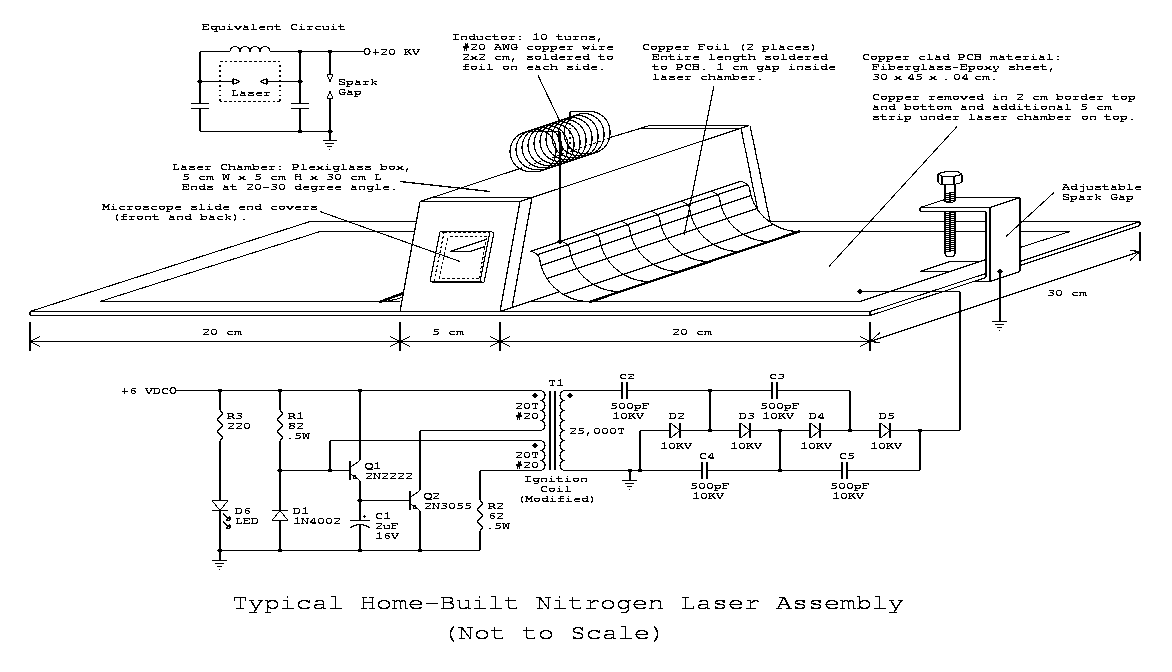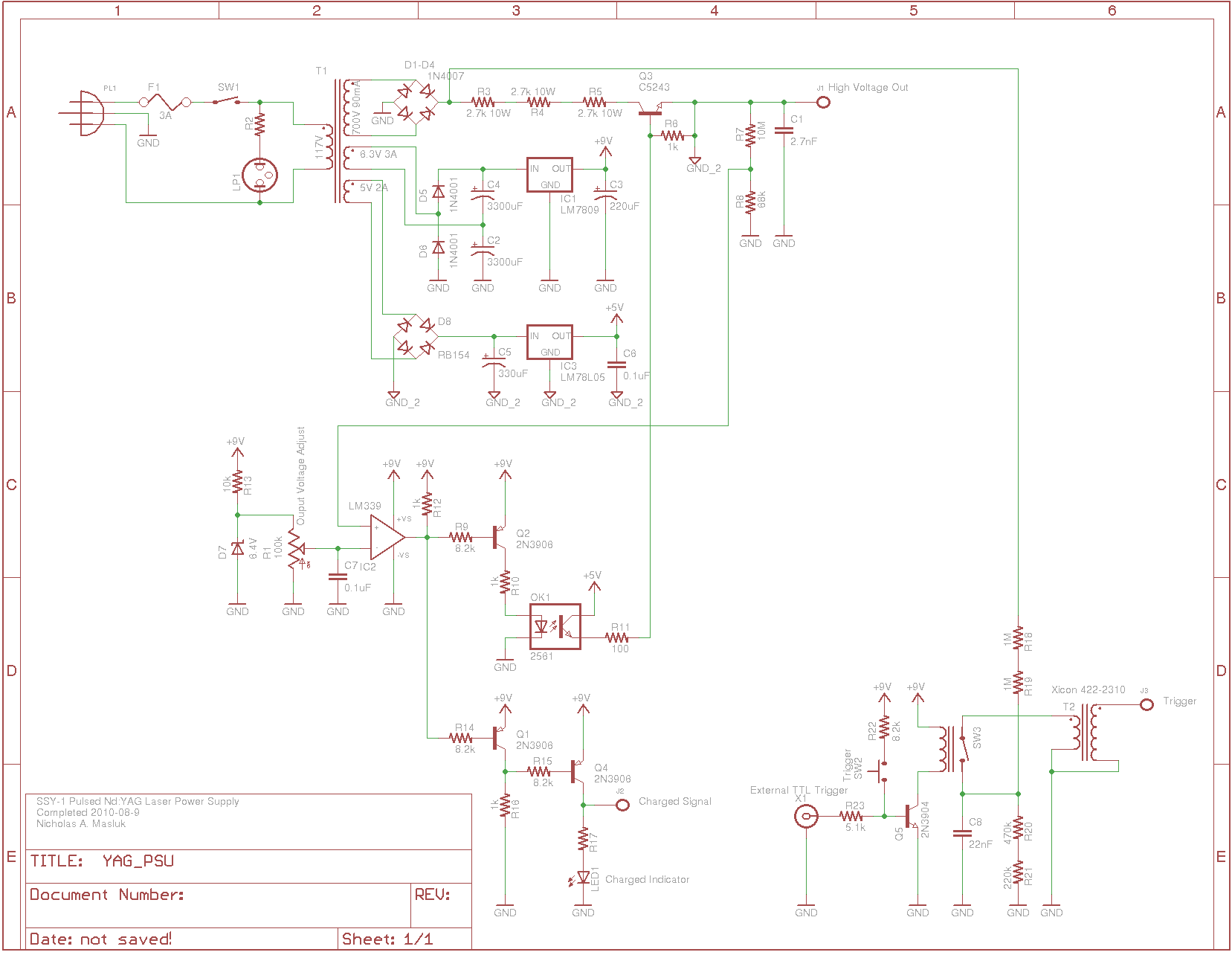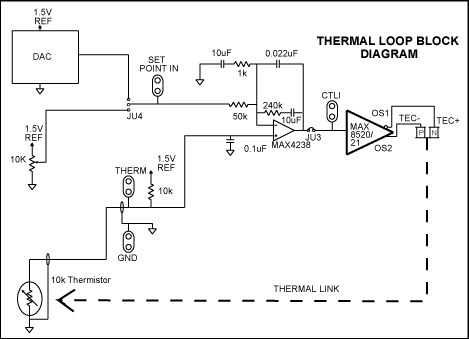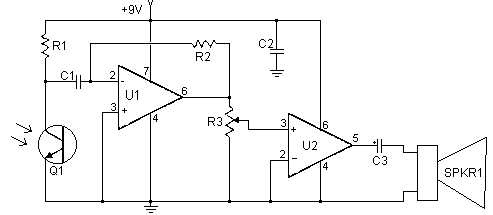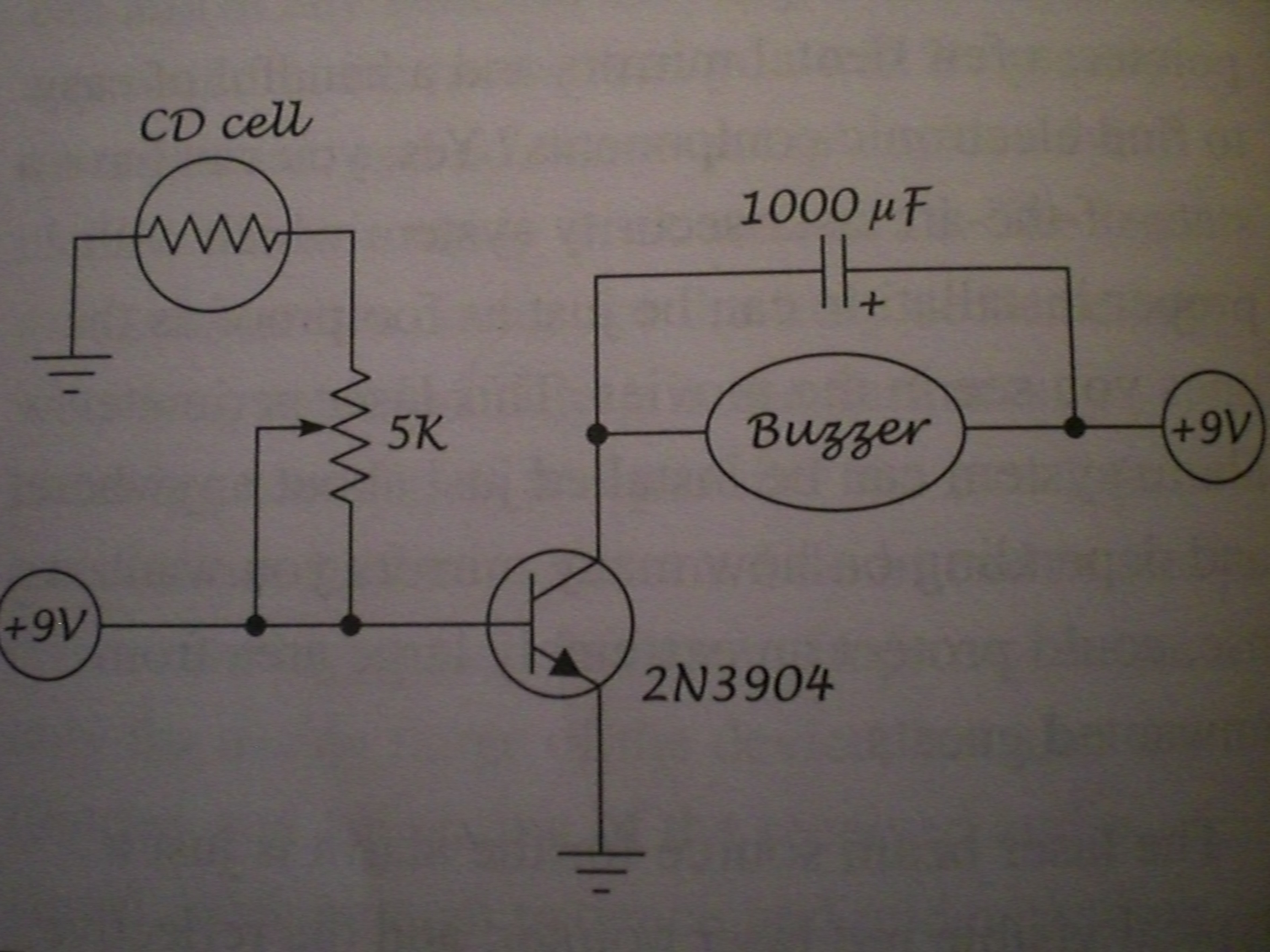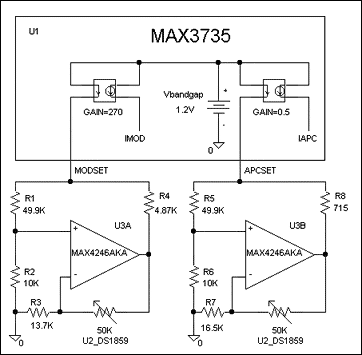
Advanced Laser Diagnostics Laboratory
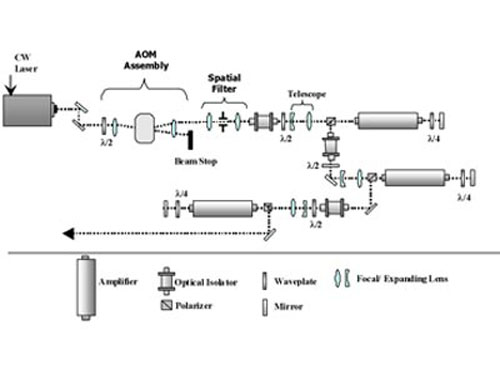
The Advanced Laser Diagnostics Laboratory (ALDL) focuses on developing and applying laser diagnostics for fluid dynamic measurements. Specialization areas include high-repetition rate flow visualization (up to 1 million frames per second) and three-dimensional imaging. The laboratory features a custom-built pulse burst laser system capable of generating a burst of high-energy laser pulses (approximately 10-100 mJ) at repetition rates of up to 10 MHz. This Nd:YAG-based laser system has previously been utilized for high-repetition rate planar flow visualization, particle image velocimetry (PIV), and planar Doppler velocimetry (PDV) measurements in supersonic flow fields.
The Advanced Laser Diagnostics Laboratory (ALDL) employs sophisticated laser diagnostic techniques to enhance the understanding of fluid dynamics. The laboratory's capabilities are significantly bolstered by its custom-designed pulse burst laser system, which is engineered to deliver precise bursts of high-energy laser pulses. This system is crucial for conducting high-speed imaging and flow visualization applications, enabling the capture of transient phenomena in fluid flows at unprecedented rates.
The Nd:YAG laser, which serves as the foundation of the laser system, is known for its efficiency and versatility in generating high-energy pulses. Operating at wavelengths suitable for various diagnostic techniques, the laser's ability to produce bursts of energy in the range of 10 to 100 mJ ensures that it can illuminate particles within a flow field effectively, facilitating accurate measurements of velocity and flow characteristics.
In applications such as particle image velocimetry (PIV) and planar Doppler velocimetry (PDV), the high repetition rate of up to 10 MHz allows for detailed temporal resolution of fluid dynamics, capturing rapid changes in flow structures. This capability is particularly advantageous in supersonic flow environments, where traditional measurement techniques may struggle to provide real-time data. Through the integration of advanced imaging systems and sophisticated data analysis methods, the ALDL aims to contribute significantly to the field of fluid dynamics research, providing insights that are critical for various engineering applications.The Advanced Laser Diagnostics Laboratory (ALDL) specializes in the development and application of laser diagnostics for fluid dynamic measurements. Areas of specialization include high-repetition rate flow visualization (up to 1 million frames/sec) and three-dimensional imaging.
The centerpiece of the laboratory is a custom-built pulse burst lase r system with the ability to produce a burst of high-energy (~10-100 mJ) laser pulses at repetition rates up to 10 MHz. The laser, depicted in Figure 1, is an Nd:YAG base laser system and has been used in the past to make high-repetition rate planar flow visualization, particle image velocimetry (PIV) and planar Doppler velocimetry (PDV) measurements in supersonic flow fields.
🔗 External reference
The Advanced Laser Diagnostics Laboratory (ALDL) employs sophisticated laser diagnostic techniques to enhance the understanding of fluid dynamics. The laboratory's capabilities are significantly bolstered by its custom-designed pulse burst laser system, which is engineered to deliver precise bursts of high-energy laser pulses. This system is crucial for conducting high-speed imaging and flow visualization applications, enabling the capture of transient phenomena in fluid flows at unprecedented rates.
The Nd:YAG laser, which serves as the foundation of the laser system, is known for its efficiency and versatility in generating high-energy pulses. Operating at wavelengths suitable for various diagnostic techniques, the laser's ability to produce bursts of energy in the range of 10 to 100 mJ ensures that it can illuminate particles within a flow field effectively, facilitating accurate measurements of velocity and flow characteristics.
In applications such as particle image velocimetry (PIV) and planar Doppler velocimetry (PDV), the high repetition rate of up to 10 MHz allows for detailed temporal resolution of fluid dynamics, capturing rapid changes in flow structures. This capability is particularly advantageous in supersonic flow environments, where traditional measurement techniques may struggle to provide real-time data. Through the integration of advanced imaging systems and sophisticated data analysis methods, the ALDL aims to contribute significantly to the field of fluid dynamics research, providing insights that are critical for various engineering applications.The Advanced Laser Diagnostics Laboratory (ALDL) specializes in the development and application of laser diagnostics for fluid dynamic measurements. Areas of specialization include high-repetition rate flow visualization (up to 1 million frames/sec) and three-dimensional imaging.
The centerpiece of the laboratory is a custom-built pulse burst lase r system with the ability to produce a burst of high-energy (~10-100 mJ) laser pulses at repetition rates up to 10 MHz. The laser, depicted in Figure 1, is an Nd:YAG base laser system and has been used in the past to make high-repetition rate planar flow visualization, particle image velocimetry (PIV) and planar Doppler velocimetry (PDV) measurements in supersonic flow fields.
🔗 External reference
